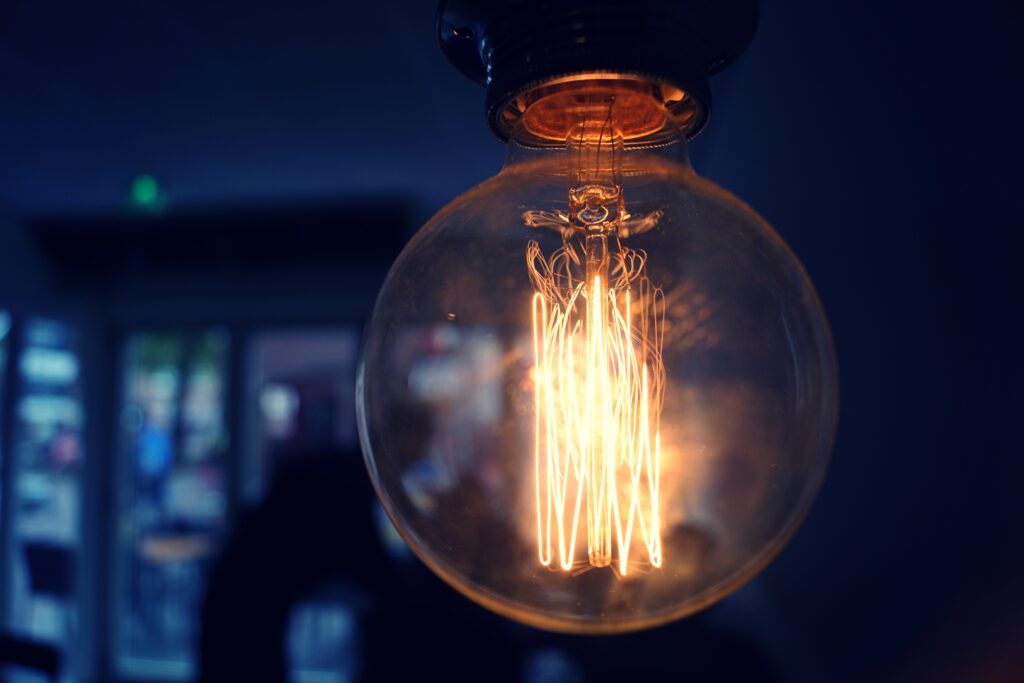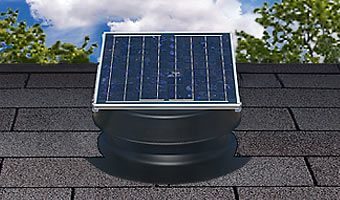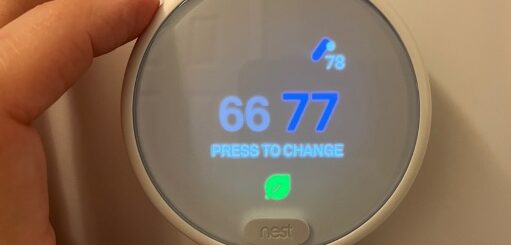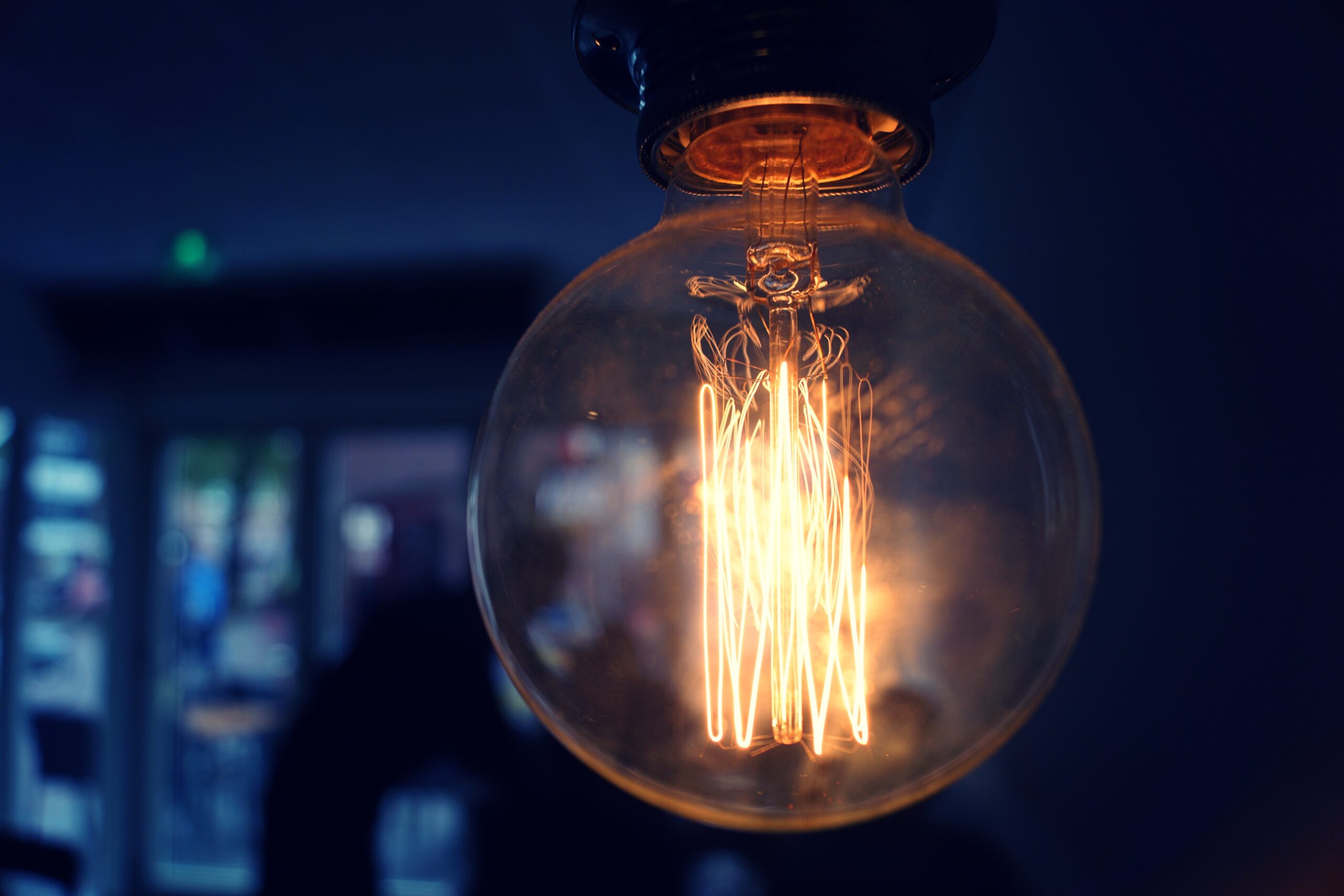The Illuminating Shift: Phasing Out Incandescent Light Bulbs for a Brighter Future

In recent years, the United States has been making strides in transitioning towards more energy-efficient lighting options. One significant step taken by the government was the phase-out of traditional incandescent light bulbs in favor of Light Emitting Diode (LED) bulbs. This move was driven by various environmental and economic factors, as well as the undeniable benefits offered by LED technology over conventional incandescent bulbs. Today, August 1, 2023, represents the culmination of this years long process. As of today it is no longer possible for the average consumer to buy most types of incandescent light bulbs in the U.S., although there are a few exceptions such as bulbs for ovens and bug lights2.
The Phasing Out of Incandescent Light Bulbs in the United States
The phase-out of incandescent light bulbs in the United States commenced in 2012 and has been implemented in stages since then. The Energy Independence and Security Act of 2007 (EISA) introduced the mandate, calling for improved energy efficiency in light bulbs to decrease electricity consumption and reduce carbon emissions. Through this act, the United States took a proactive approach to mitigate climate change and address energy conservation1.
The decision to phase out incandescent light bulbs was prompted by several compelling factors:
a. Energy Inefficiency: Incandescent bulbs are notorious for their inefficiency. They convert only about 5% of the electricity they consume into visible light, with the remaining 95% wasted as heat3. How many of us have burned a finger or two trying to handle an incandescent bulb? In contrast, LED bulbs are up to 80% more efficient than incandescent bulbs, converting significantly more energy into light while producing minimal heat. “Going from an incandescent to an LED is like replacing a car that gets 25 miles per gallon with another one that gets 130 m.p.g.,” according to Lucas Davis, an energy economist at the University of California Berkeley2.
b. Environmental Impact: Incandescent bulbs rely on tungsten filaments that produce light through resistance heating. This process releases greenhouse gases and other harmful pollutants, contributing to global warming and air pollution. By phasing out incandescent bulbs, the US aims to reduce its carbon footprint and environmental impact3.
c. Cost Savings: LED bulbs may have a higher upfront cost compared to incandescent bulbs, but their longer lifespan and lower energy consumption lead to substantial cost savings over time. The US government recognized the financial benefits of promoting energy-efficient lighting choices for consumers3.
d. Technological Advancements: LED technology has evolved rapidly, making it a viable alternative to incandescent bulbs. The availability of LED bulbs in various shapes, sizes, and color temperatures has made them suitable for various applications, further bolstering the case for their adoption.
The Rise of Light Emitting Diode (LED) Bulbs
LEDs are semiconductor devices that emit light when an electric current passes through them. They have revolutionized the lighting industry with their numerous advantages over incandescent bulbs. In addition to their much higher energy efficiency which translates into reduced energy bills for consumers3, LED bulbs are superior to incandescent bulbs for the following reasons:
a. Longevity: LED bulbs have an exceptionally long lifespan compared to incandescent bulbs, typically lasting up to 25 times longer3. This longevity minimizes the need for frequent replacements, reducing waste and lowering overall maintenance costs.
b. Environmental Impact: LED bulbs are eco-friendly as they do not contain harmful substances like mercury, which is present in compact fluorescent lamps (CFLs). Additionally, their energy efficiency helps lower greenhouse gas emissions and lessens the strain on natural resources3.
c. Flexibility and Versatility: LED technology allows for a wide range of lighting options, from warm to cool color temperatures, enabling users to customize their lighting environment to suit specific needs and preferences.
d. Instant On and Dimmability: LED bulbs reach full brightness instantly, unlike CFLs that take time to warm up. Furthermore, many LED bulbs are dimmable, providing users with enhanced control over their lighting ambiance.
e. Safety: LED bulbs emit significantly less heat than incandescent bulbs, reducing the risk of burns and fire hazards, making them safer for households and commercial settings.
The Future of Lighting
As the US government continues to promote LED adoption, the lighting industry is witnessing an increasing demand for smart lighting solutions. LED technology has seamlessly integrated with smart home systems, allowing users to control their lights remotely, adjust brightness levels, and even change colors using smartphones or voice assistants. Smart lighting not only enhances convenience but also maximizes energy efficiency by enabling users to schedule lighting based on their daily routines.
The phase-out of incandescent light bulbs in the United States marks a significant step toward a more sustainable and energy-efficient future. LED technology has emerged as the clear frontrunner in the lighting industry, providing numerous advantages over traditional incandescent bulbs. By adopting LED lighting, consumers can not only reduce their energy consumption and electricity bills but also contribute to a greener planet by curbing greenhouse gas emissions. As technological advancements continue to enhance LED lighting capabilities, it is evident that the illumination revolution is well underway, illuminating a brighter future for the United States and the world.
References:
- Energy Independence and Security Act of 2007, Public Law 110-140, 121 Stat. 1492.
- Tabuchi, Hiroko. It’s Official: Stores Can No Longer Sell Most Incandescent Lights, New York Times, 8/1/2023, https://www.nytimes.com/2023/08/01/climate/incandescent-light-bulb-ban-leds.html#:~:text=In%20America%2C%20the%20incandescent%20light,Edison%20in%20the%20late%201800s.
- U.S. Department of Energy, “LED Lighting,” Energy Saver, https://www.energy.gov/energysaver/save-electricity-and-fuel/lighting-choices-save-you-money/led-lighting (accessed September 2021).



 Rob McCandless
Rob McCandless


